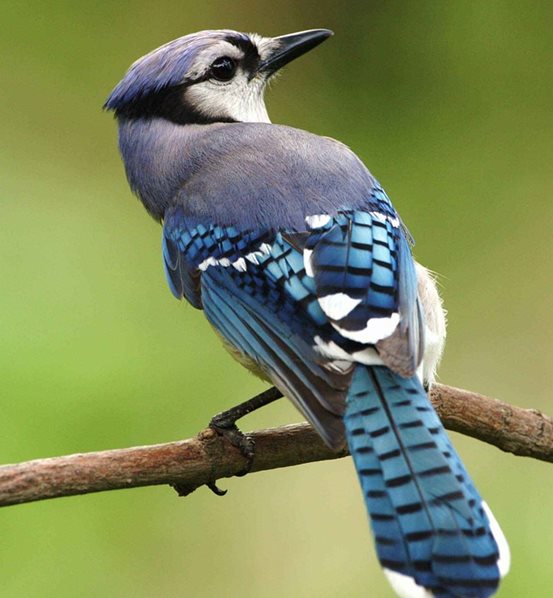Starting Your Own Native Garden
Do you ever head to your local gardens or closest national park and wonder how it manages to stay so beautiful year round? It could be because it’s a native garden.
A native garden consists only of plants that are native to your country and region. They are easy to maintain as they’re adapted to flourish in the local, environmental conditions. They also help the local wildlife by providing them with a source of food and shelter.

Jeffrey Betts Pumpkins
How to create a native garden
It doesn’t matter what size your backyard is, there will always be room for some native plants. Here are some tips to help you started on creating your own native garden design.
1. Decide what you want
Before starting off you should ask yourself: What style of garden would I like? What level of gardening skills do I have? And, how much time do I want to spend maintaining it? These questions will help you figure out what type of native garden is suited to your situation
Generally speaking, a native bush garden will be low maintenance and a delicate, while a flower-based garden will require more care.
2. Check your soil
Having soil that will support the growth of your selected native plants is important. If you are unsure what soil is needed, ask the local plant nursery or refer to your local government website. We even have our own guide to make homemade soil if you’re looking to save money and keep control.
3. Make a map of your garden space
Mapping out your garden will help you see where all the plants will fit. It will also bring to light anything that may affect their growth. This could include water pipes, large tree roots and rocky areas. Remember that working with the environmental features of your garden is always better than trying to fight them. A free planning tool like this might help!
4. Consider mature plant size
It’s worthwhile taking into consideration the mature growth size of each native plant you are planning on growing. You don’t want to end up with a garden that’s out of control and difficult to manage.
5. Water feature

Pixabay Blue Jay bird
Having a pond, bird bath or some sort of water feature in your garden will encourage the native wildlife to visit. They’ll be able to enjoy a source of water while using your native garden for shelter.
How much will a native garden cost?
The cost of your native garden will depend on its size as well as the plants you have picked. Typically, maintaining a native garden will be more affordable than trying to maintain plants that are not suited to your region.
The start-up cost of your native garden will be the amount you spend on the native plants, mulch, fertilizer, watering systems and gardening tools.
Where?
To purchase native plants, visit your local nursery or contact your local counsel to inquire about other stocklists.

Pixabay Australian Banksia
It’s human nature to look beyond our own shores for inspiration so perhaps you would like to consider some other plant options that are still suited to your climate.
For example, did you know that in California, Australian native plants like these have long been a part of gardens? The climate in perfectly suited to growing them. So think about your area and consider whether anywhere else in the world has a similar climate. It’s possible you could easily grow an Australian gum tree in your yard.
{This is a sponsored post}


Some Australian native plants are good for nectar eating birds, grevilleas and bottle brushes are easy to grow and the Lemon scented gum tree is a beautiful fast growing tree which is great for shade and is no maintenance once established, the leaves are also a good fly repellent and smell wonderful.
Happy planting.